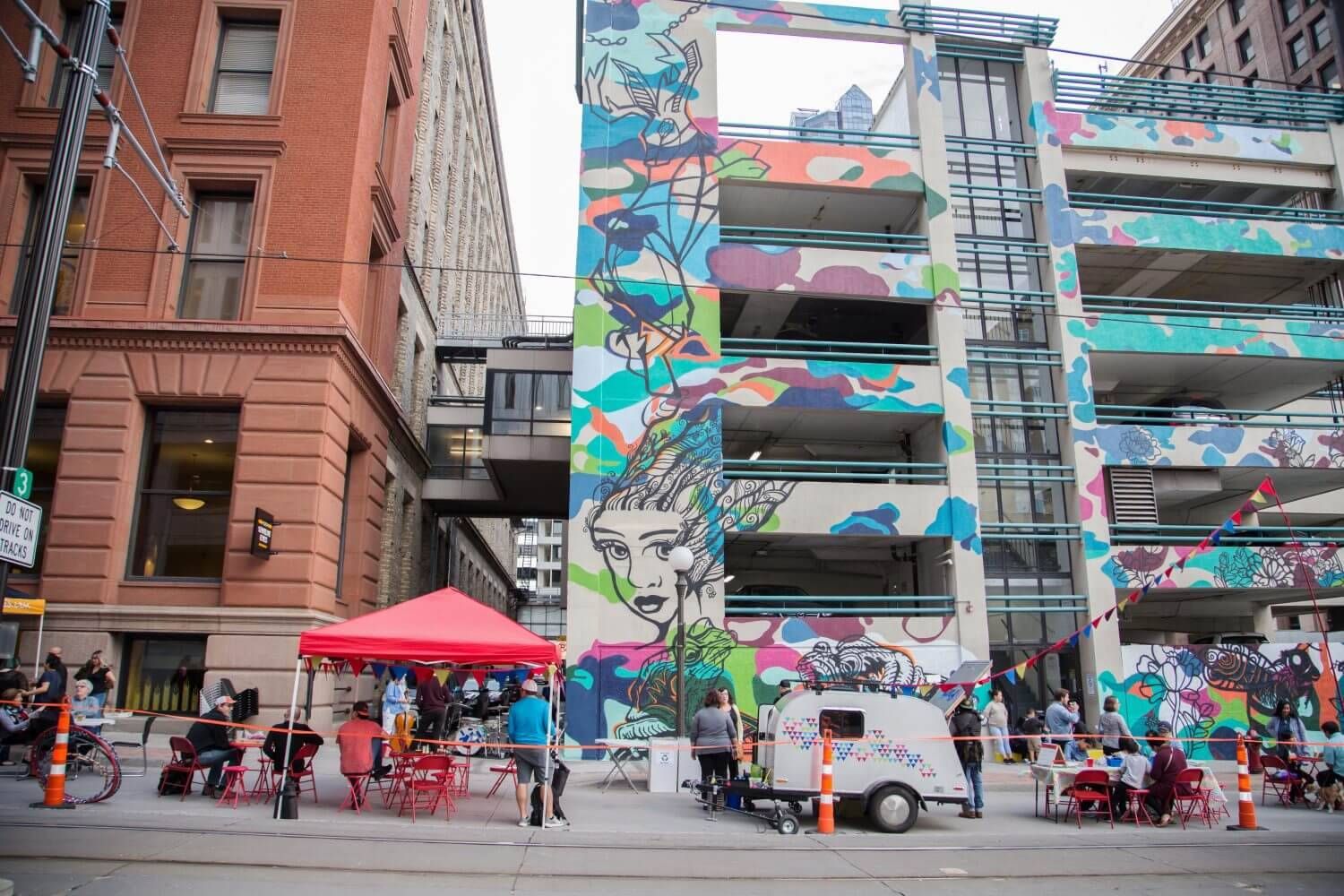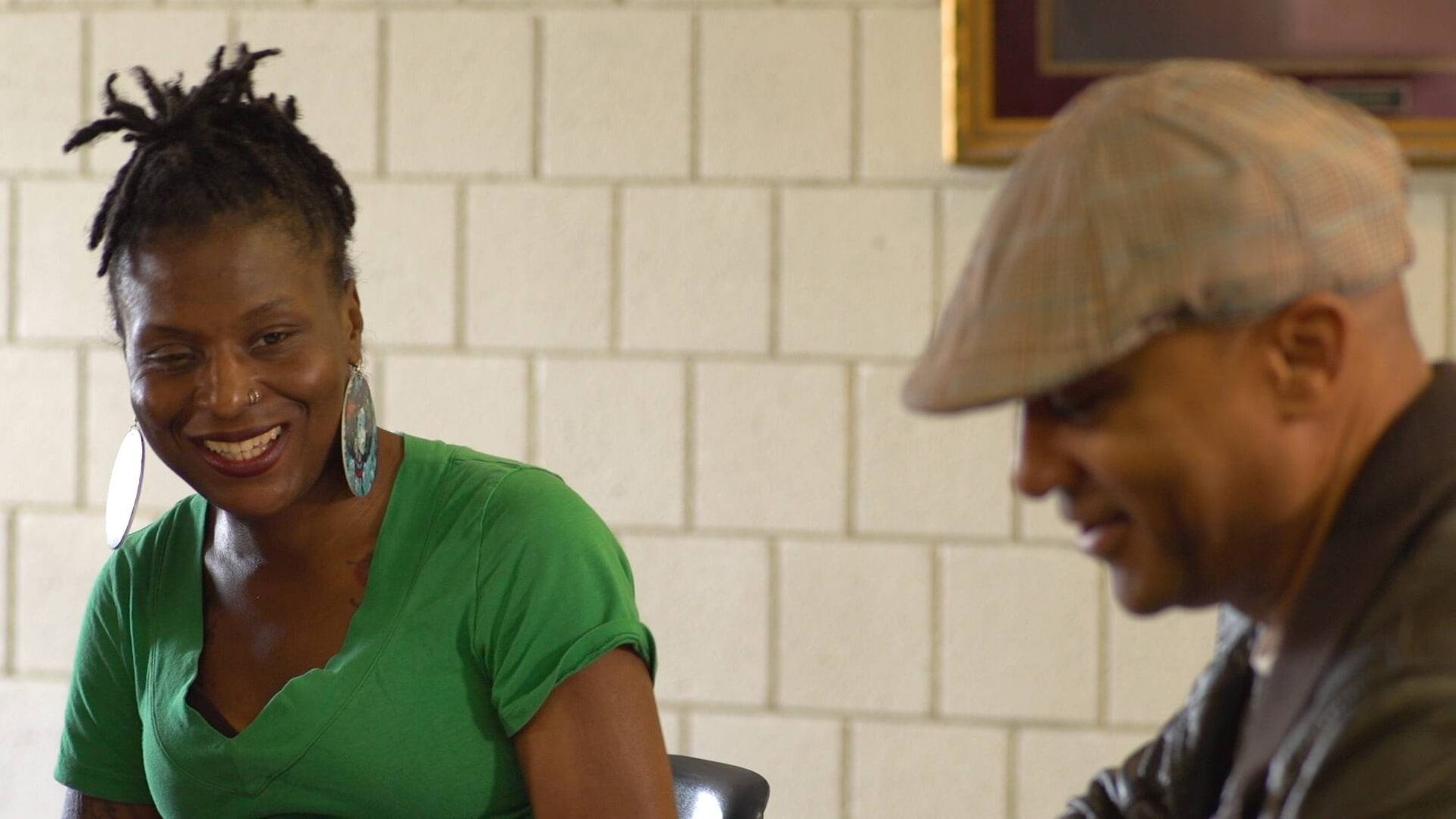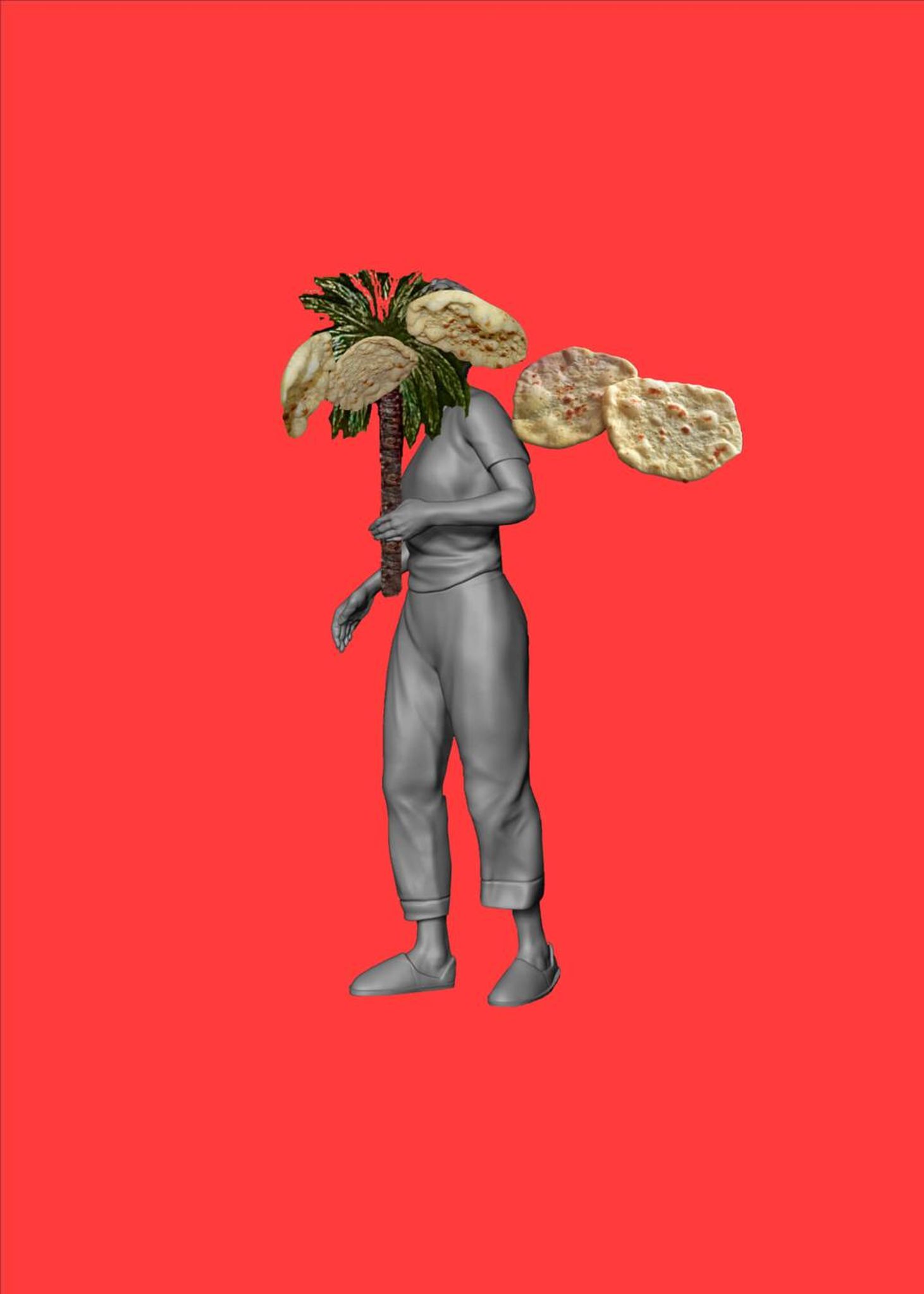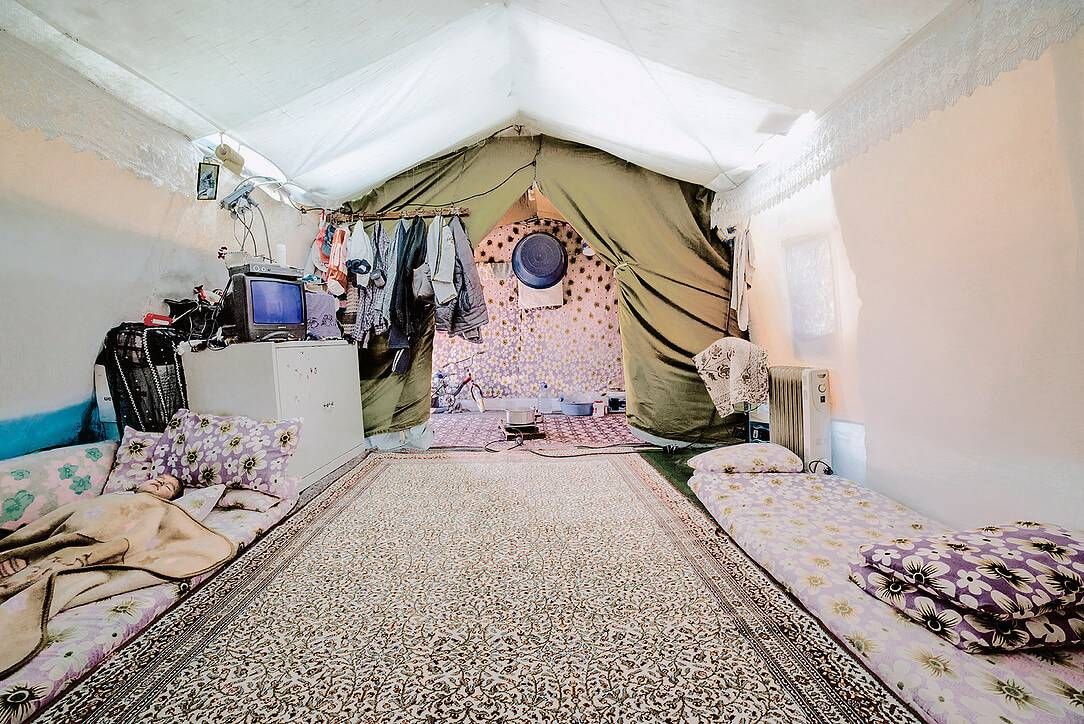How the MN Museum of American Art Expanded the Frame of Its Programming
“Community partnerships” may be a buzz phrase in the not-for-profit sector, but that doesn’t mean that organizations collaborating together aren’t incredibly important and valuable for our communities. For the last 10 years, the Minnesota Museum of American Art (the M) has focused on community relationships and partnerships, first almost out of necessity and later as a core part of its mission.
When Director Kristin Makholm came to the M in 2009, the museum had just closed its doors. “Many people thought you just needed to find that bedrock home to call your own, but that wasn’t my first thing that I thought needed to be done," she recalls. "What are your assets? How do you use the things that you have to your best capacity? And that was our art collection." With no space to call a permanent home, she set to work partnering with statewide galleries interested in showcasing exhibits from their collection of 4,500-plus works.
Ten years later, the museum still partners with galleries to host touring exhibitions (and it now has a "bedrock home"). But now, the museum also prioritizes relationships with cultural and community centers.
“There are many American art museums, but in the 21 century, as the concept of [what it means to be] American is expanding with this extraordinary group of refugees and immigrants and first-generation Americans who are so connected with their cultures, there’s just so much more at stake with the identity issue in America," Makholm says. "We need people, we need partners and collaborators, that help us see that American art is not just one thing any longer.”
Creating artistic projects in tandem with cultural and community centers allows both partners to create meaningful work that reflects a more diverse view of American art than what museum goers have historically seen in art collections.
The M partners with a slew of organizations, but learn more about three of their larger community partnerships below:

SAINT PAUL MURALS PROJECT
In 2017, the M commissioned guest artist Vanghoua Anthony Vue (from Brisbane, Australia) and five local artist-partners to create three new works commemorating the Hmong diaspora. The resulting murals appear on the 4 Street façade of the Jackson Street Parking Ramp and in the windows of the Historic Pioneer Endicott, which is home to the Minnesota Museum of American Art. A third work was created on canvas and exhibited at the Asian Economic Development Association (AEDA) in Saint Paul’s Little Mekong neighborhood.
The murals followed an intensive month of workshops and conversations the M and Vue held in March 2017 with local Hmong elders, families, artists and organizational partners. Vue returned to Saint Paul in September 2017 to lead the creation of the commissioned works with a team of local artists that included Xee Reiter, Christina Vang, Melissa Vang, Nicollazzi Xiong and Shoua Yang. Learn more about the artists involved and their chosen symbols in the 4th Street and Jack Street Parking Ramp here.
ARTS ACCESS PROGRAM

In 2019, the M connects three different community centers across Saint Paul through their Arts Access Program, funded by the MN Arts and Cultural Heritage Fund: the Hallie Q. Brown Community Center in the Rondo neighborhood, the Hmong Elders Center on Rice Street and Createch Studio at Arlington Hills Community Center. Culturally relevant teaching artists of varied disciplines will work with groups of teens or elders at each of the community centers.
At the Hallie Q. Brown Community Center, teaching artist for the M, Nicole M. Smith, and her godfather/cousin, Lawrence El Grecco Waddell of Mint Condition, will teach writing, songwriting and composition to elders in the Golden Agers group.
Smith and Waddell are centering their project on the symbolism of the Sankofa bird, whose feet are planted on the ground, but whose head is facing backwards. This symbol reflects that we do not know who we are until we know where we’ve been.
Using their lived experiences in the Rondo neighborhood and around the country as inspiration, the group will create a song for sharing what was, what is and what they hope for neighborhoods in the future.

HISTORY IS NOT HERE: ART AND THE ARAB IMAGINARY

Mizna and Minnesota Museum of American Art are proud to present History Is Not Here: Art and the Arab Imaginary, which runs from September 12, 2019 through January 5, 2020. This exhibition presents the work of artists who address what can be termed the “Arab imaginary” as a strategy for examining various social, cultural and political positions. Best understood through a framework that recognizes the so-called Arab world and its diaspora as multiform, made up of 22 countries with distinct histories as well as diverse ethnicities, languages, and religions, this exhibition explores and scrutinizes the ways in which the region has been depicted throughout history. Through painting, drawing, photography, sculpture, book art, installation and video, featured artists make connections between contemporary geopolitics and the histories that inform them. Their works draw attention to the challenges of representation, including misunderstandings and missteps, and the limiting and problematic terms that are often used to define the region. History Is Not Here rejects the idea of history as a fixed category and looks to alternative imagery and approaches from which new “imaginaries” can be generated.

History Is Not Here is co-curated for Mizna by Heba Y. Amin (visual artist and curator of visual art for Mizna) and Maymanah Farhat (writer and independent curator) in collaboration with the M.
Special Thanks: Dawn Selle
Additional Media: Chue Yang
Minnesota Music: Black Market Brass, Owen Sartori
Production Team: Matt Ehling, Eric Pagel, Brittany Shrimpton, Brennan Vance

This story is made possible by the Arts and Cultural Heritage Fund and the citizens of Minnesota.
